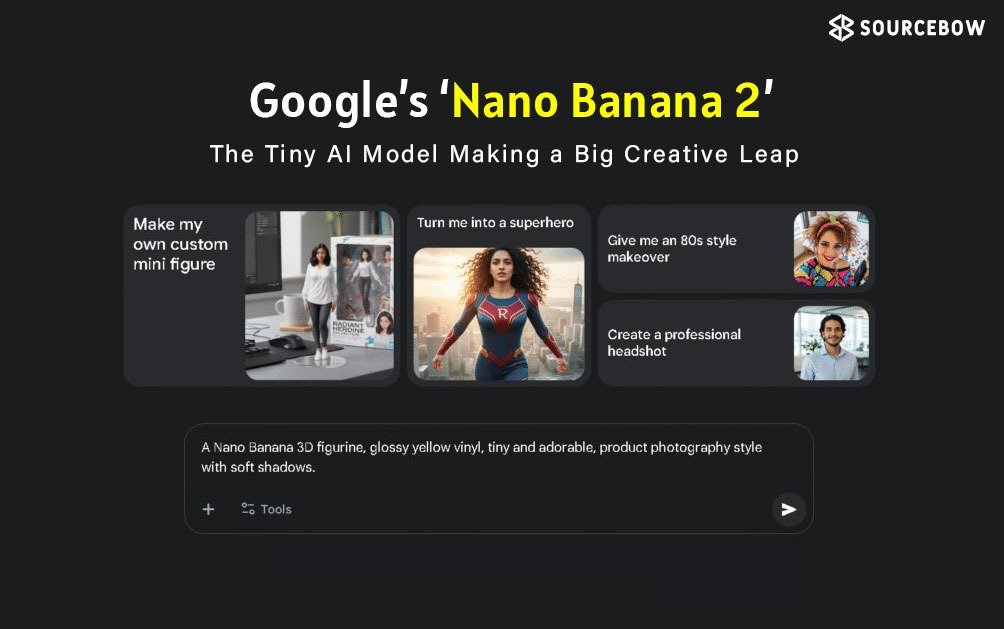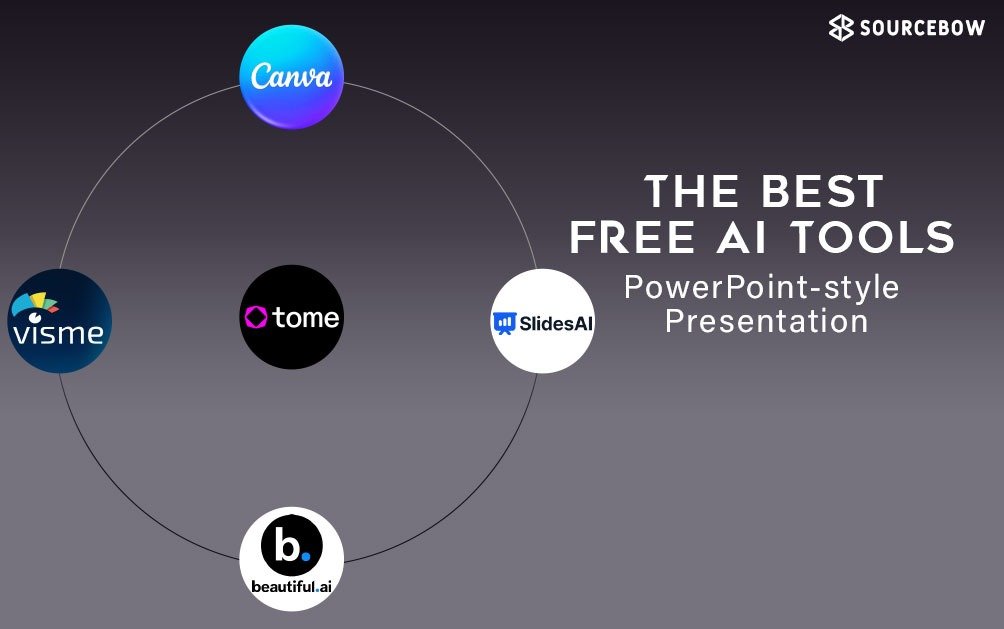India has witnessed a crazy wave of startups in recent years. Every corner seems to have a new team chasing the next big idea. But behind all that buzz, not every startup is thriving. Many are crashing before they even find steady ground.
From a Small Apartment to a Global Name: Zoho’s Early Days
This story starts in Chennai in 1996. The world was drowning in what people called the dot-com boom. Silicon Valley had gone wild with money. Every second engineer had millions in funding. Investors were throwing cash at any internet idea that sounded half-decent.
But while that madness was unfolding in the US, three engineers—Shekhar, Tony, and Kumar—were quietly working in a small Chennai apartment. Their company, AdventNet, was building network management software—a tool used to monitor and control multiple devices within an office network.
Imagine you’re managing hundreds of computers, routers, and servers. If one goes down, finding the issue could take hours. AdventNet’s software showed every device and its status on one single screen. Smart solution, right?
Trouble was—they were terrible at selling. Their software worked great, but clients were hard to find. That’s when they called their friend Sridhar Vembu, who was working in the US. Sridhar did something unexpected. He quit his job and flew back to India to help sell the product.
A Lesson Hidden in Pricing: Zoho’s Turning Point
Using his contacts in the US, Sridhar started pitching AdventNet’s product. One day, a client told him something that changed everything:
“You’re selling such a valuable service so cheap. I’d pay ten times more for this.”
That hit hard. Sridhar realized their real advantage wasn’t just the product—it was pricing power. This became their big turning point, and the concept behind it is called price arbitrage.
Salaries, rent, and operating costs in India were far lower than in the US. A product that cost $1,000 to develop in America could be built in India for $200. So even if AdventNet sold their software at half the US price, they’d still make profits.
That’s how Indian companies like Infosys, Wipro, and TCS built their empires too. AdventNet began making steady revenue, investing profits into R&D. Soon they created something new—Web Network Management System—a tool that let businesses monitor systems across the world remotely.
By 2000, Cisco, one of the biggest names in tech, became its client. AdventNet’s revenue hit ₹50 crore. Then, an investor came along, offering another ₹50 crore in funding. But Sridhar said no.
Why Saying No Became Zoho’s Superpower
Every other competitor was raising millions in funding. So why did Sridhar refuse?
Because he valued freedom more than cash. He believed real growth takes time, patience, and control—not investor pressure.
Funded startups are expected to grow fast, sometimes too fast. When things go wrong, investors demand layoffs or cuts in innovation. But Sridhar wanted to make long-term bets—on ideas that could take years but would last decades.
Even Zerodha, India’s largest stock broker today, follows this philosophy. They prefer independence over external money, choosing trust over short-term gain. That sense of freedom allows decisions that truly serve users, not shareholders alone.
When the World Went Downhill: Zoho Survives the Dot-Com Crash
Then came the dot-com crash. The stock market fell apart. Overnight, hundreds of internet companies went bankrupt. NASDAQ dropped 77%. AdventNet lost over 90% of its clients. From 150, only three remained.
Most would’ve shut the shop. But Sridhar didn’t.
He rebuilt his company from the ashes with a new idea—ManageEngine. It simplified how large organizations handled critical IT systems like servers, databases, and networks. Think of it like one dashboard showing your entire digital machinery in real-time—errors, performance, everything.
This software changed everything. Global giants like Barclays, Vodafone, Siemens, and KPMG started using it. Soon AdventNet was back stronger, clocking revenues of ₹1,000 crore.
The Birth of Zoho: Making Business Tools Accessible
Seeing how cloud technology was moving fast around 2003, Sridhar realized small businesses also needed smart software tools—but affordable ones. That’s how Zoho was born.
He and his team built products like Zoho CRM, Zoho Books, and later Zoho One, a complete business management suite. From accounting to marketing, everything could be done inside Zoho.
Imagine a small bakery in Mumbai using Zoho Social to post on Instagram, track orders through Zoho CRM, manage stock using Zoho Inventory, and handle taxes via Zoho Books—all from one place. That’s the kind of impact Zoho created.
The Secret Strategy: Zoho vs Global Giants
Now, how did Zoho compete with giants like Microsoft and Salesforce? By going where no one was looking—the blue ocean.
While big companies targeted billion-dollar corporates, Zoho built affordable, simple tools for small and medium businesses. No need for expensive consultants or complex setups. Just log in and start. That simplicity, combined with Indian engineering talent, made Zoho unstoppable.
Today, Zoho operates in over 160 countries, earns over $1 billion annually, and remains completely self-funded. Even now, they grow the old-school way—by reinvesting profits. And guess what? They own their offices, train rural talent, and keep most of their operations proudly in India.
What Every Entrepreneur Can Learn from Zoho
Zoho’s story proves that funding isn’t oxygen; value is. A startup doesn’t need flashy investors to succeed. It needs vision, patience, and clear focus.
Building with your own profits means growing slower, but it also means growing strong. Freedom gives room for experimentation, long-term bets, and company-wide trust.
If there’s one takeaway here, it’s simple: build something useful, price it fairly, and nurture it patiently. That’s how real companies are made. Flashy unicorns might fade, but stories like Zoho live forever.





